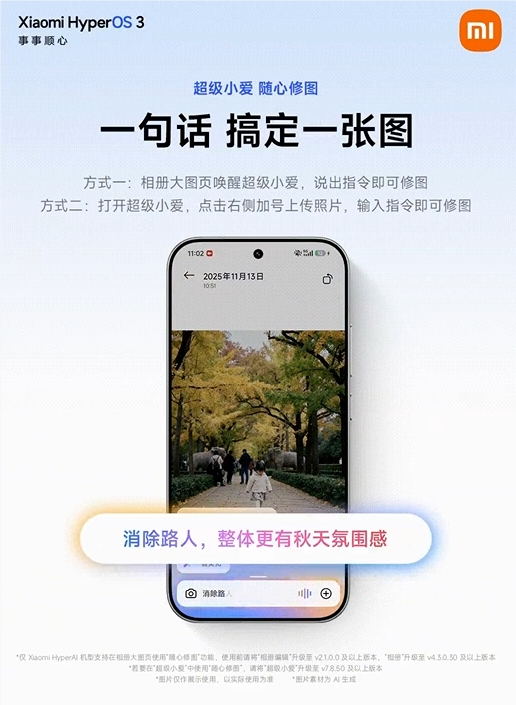Recently, Niantic announced the development of a new artificial intelligence model called the "Large Geospatial Model" (LGM).
This model is built upon millions of scanning data uploaded by players through their smartphones while playing Pokémon Go and other Niantic games. Niantic states that this AI model will enable computers and robots to understand and interact with the world in new ways.

The "spatial intelligence" of LGM is based on the neural networks used by Niantic's Visual Positioning System (VPS). According to the company's blog, this system can determine location and orientation from a single image taken by a smartphone, all built on a 3D map of interesting places scanned by users. Notably, this data is unique as it is captured from a pedestrian's perspective, covering areas that vehicles cannot reach.

Niantic's Chief Scientist, Victor Prisacariu, pointed out in a Q&A session in 2022 that the data uploaded by players while playing Ingress and Pokémon Go has helped the company build high-fidelity 3D maps of the world. These maps not only include 3D geometries (i.e., the shapes of objects) but also semantic understanding (for example, what is on the map, such as ground, sky, trees, etc.).
Although players who first downloaded Pokémon Go in 2016 may not have imagined that their uploaded data would support such an AI product in the future, the value of this data is gradually being realized with technological advancements.
Official blog: https://nianticlabs.com/news/largegeospatialmodel?hl=en&_bhlid=4528b8205f253061720f30633407d8060dc88335
Key Points:
🌍 Niantic is developing a new AI model called the "Large Geospatial Model," utilizing player data to build 3D maps.
📱 LGM is based on a visual positioning system that can determine location and orientation from smartphone images, covering pedestrian perspectives and hard-to-reach areas.
🤖 The construction of this model demonstrates the potential of player data, enhancing how computers and robots understand and interact with the world.










